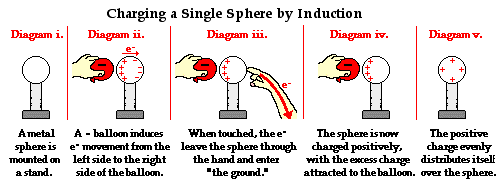haha, nah no overunity such that there was enough to loop the device and run a small load. I did build many different replicas of various inventors, adams, smith, hectors rotoverters, kunel, etc and have read many more but so far nothing produces OU.
I went big on the rotoverter stuff... 15hp drive rotoverter belted to a 5kw st style genhead. Hector said he'd work with me to get it setup, and once I acquired the parts he stopped interacting with me. That was the last time I spent big bux trying to trust/replicate.
I went off into studying periodicity and sequentially sync'ed pulsing. One curiousity that was noted with my 6inch perm mag bedini 6 wire master slave setup was that I could drive one 100watt 120v lamp at full brightness with constant power input from the SG output... or I could add a 50/50 pulser and drive 2 of the lights at half the frequency and still have both lit up fully and not see flicker. That was interesting.
I also have wandered off into HV HF stuff... with my bellerian apparatus and the ion chair... I'm becoming of the mind that the system will probably need to be comprised of a context circuit, then the circuits within the context to generate the motion... and that the context circuit will likely need to be some sort of hv electrostatic field generation in a local space that is then seeded by some bedini SG's or something to see if that HV spatial charge then combines with the output of the SG perhaps...
I read the Howard Johnson book, got that from cheniere.org as well. Its interesting... also similar to floyd sweets VTA setup...
Lots of stuff out there... If you have questions or whatnot maybe I can help or at least offer some ideas... up to you. All I'm about is being helpful and reducing suffering...
Take care,
Gene
I went big on the rotoverter stuff... 15hp drive rotoverter belted to a 5kw st style genhead. Hector said he'd work with me to get it setup, and once I acquired the parts he stopped interacting with me. That was the last time I spent big bux trying to trust/replicate.
I went off into studying periodicity and sequentially sync'ed pulsing. One curiousity that was noted with my 6inch perm mag bedini 6 wire master slave setup was that I could drive one 100watt 120v lamp at full brightness with constant power input from the SG output... or I could add a 50/50 pulser and drive 2 of the lights at half the frequency and still have both lit up fully and not see flicker. That was interesting.
I also have wandered off into HV HF stuff... with my bellerian apparatus and the ion chair... I'm becoming of the mind that the system will probably need to be comprised of a context circuit, then the circuits within the context to generate the motion... and that the context circuit will likely need to be some sort of hv electrostatic field generation in a local space that is then seeded by some bedini SG's or something to see if that HV spatial charge then combines with the output of the SG perhaps...
I read the Howard Johnson book, got that from cheniere.org as well. Its interesting... also similar to floyd sweets VTA setup...
Lots of stuff out there... If you have questions or whatnot maybe I can help or at least offer some ideas... up to you. All I'm about is being helpful and reducing suffering...

Take care,
Gene
Originally posted by BroMikey
View Post



 Well one circuit off the box
Well one circuit off the box








Comment